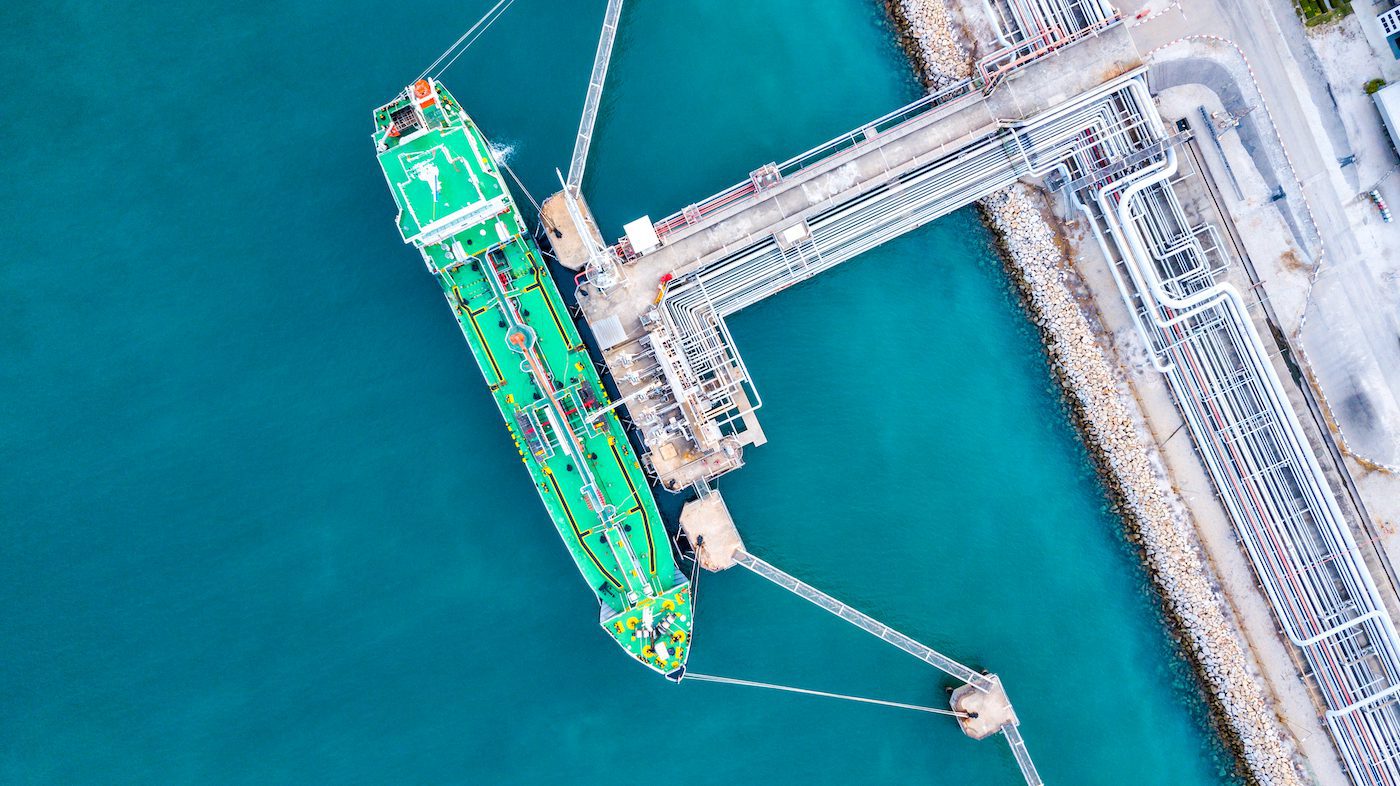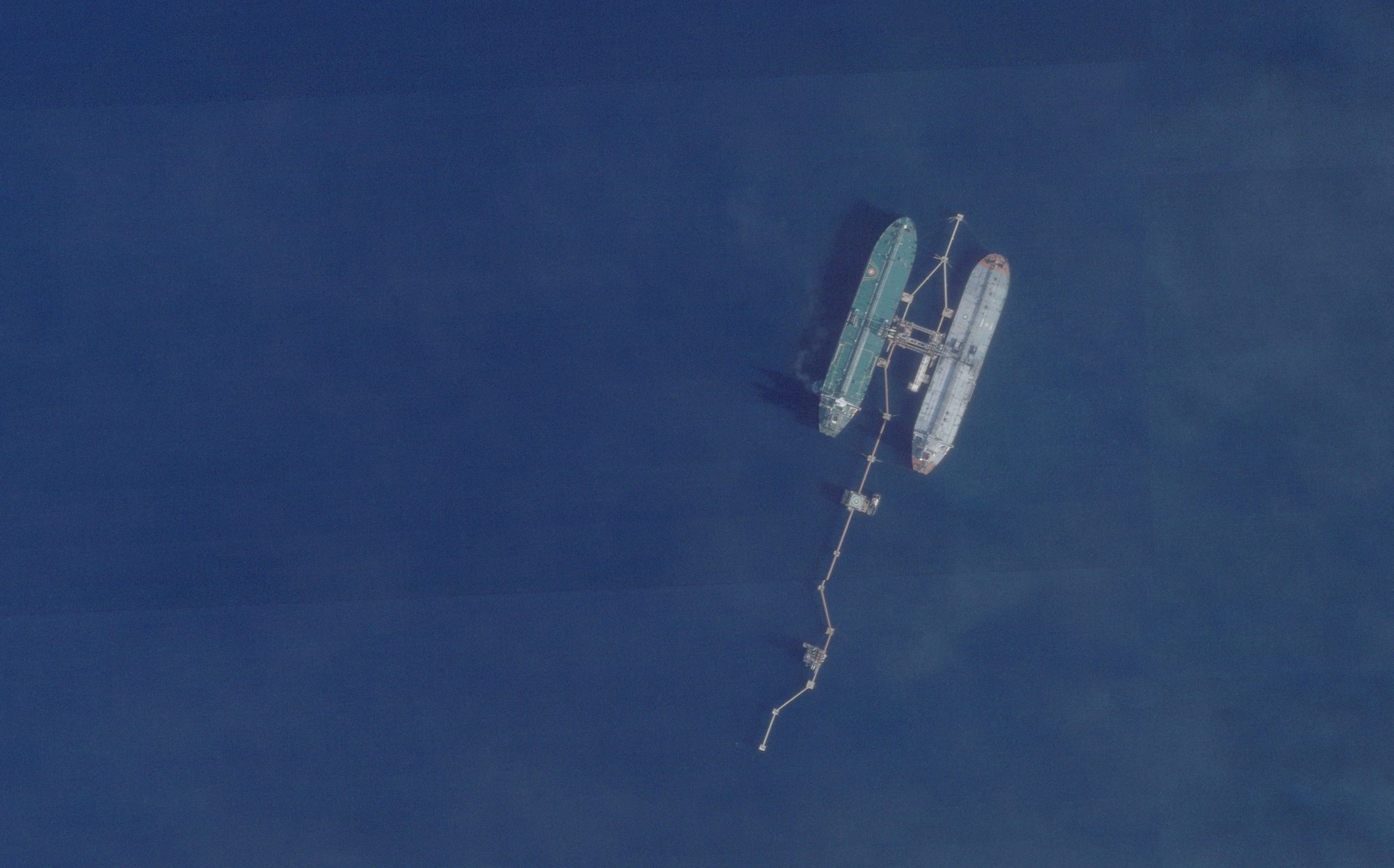By Verity Ratcliffe, Seyoon Kim and Kyunghee Park (Bloomberg) —
Saudi Arabia plans to ship gas to South Korea where it will be used to make hydrogen, and the carbon dioxide produced in the process will be transported straight back to the kingdom.
Hyundai OilBank Co. will take liquefied petroleum gas cargoes from Saudi Aramco which it will then convert into hydrogen, the Korean energy company’s parent Hyundai Heavy Industries Holdings Co. said in a statement. The hydrogen will be used at desulfurization facilities and to power vehicles.
The deal signed on Wednesday includes an agreement for the CO2 emitted in the hydrogen-making process to be transported back to Saudi Arabia, according to a Hyundai Heavy spokesman. The gas will then be used in Aramco’s oil production facilities.
The Saudi oil major uses carbon dioxide to pump more oil out of the ground in a process known as enhanced oil recovery. Saudi Aramco did not immediately respond to a request for more information on the arrangement.
The plan hinges on the relative ease of shipping carbon dioxide rather than hydrogen. Carbon dioxide can be shipped as a refrigerated liquid under moderate pressure.
“It’s an option to get around the problems of shipping blue hydrogen but still using blue hydrogen in a global market,” said Florian Forster, a consultant at Boston Consulting Group. Blue hydrogen is made from natural gas and the carbon dioxide emitted in the process is captured.
Aramco shipped its first cargo of hydrogen produced in combination with carbon capture as ammonia to Japan in September. The agreement with HHI differs because the hydrogen will be produced in South Korea, rather than where the natural gas was extracted.
“It seems the project will bank on the idea that shipping LPG to Korea and carbon dioxide back to Saudi Arabia will be cheaper than shipping hydrogen to Korea,” said Martin Tengler, BloombergNEF’s lead hydrogen analyst.
Korea Shipbuilding & Offshore Engineering Co., the shipbuilding arm of Hyundai Heavy, will jointly develop the world’s first vessel that will be able to carry LPG and captured carbon dioxide.
© 2021 Bloomberg L.P.

 Join The Club
Join The Club










